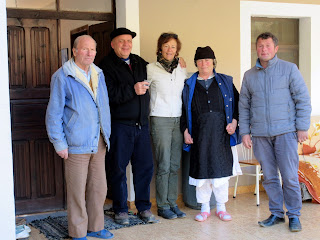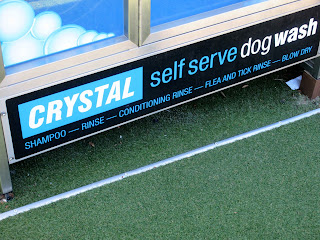 |
| You can see the copper mines above the prison |
Spac was not the only "work camp" during Hoxha's dictatorship but it was the biggest. Those who showed "good" behavior got to stay in the "upgraded" cells with a tv and living room. The others slept 50 in a tiny room.
 |
| This is the accommodation for those ratting on their fellow prisoners and demonstrating enthusiastic loyalty to the dictator's commands |
Families that came to visit, bringing home cooked meals, spent most of day getting to the prison. There used to be a hut where this bench is and together they could eat and chat. If they arrived past a certain time, they must wait until the next day. Where to sleep as there are no towns or services nearby? Guards would offer their quarters but once accepted, mothers and wives of the prisoners were split up and you can imagine what atrocities they endured.
Remnants of the jackets the men wore who were forced to work in the copper mines above the prison and below, some of the drawings on the walls that prisoners left behind.
Signs (which were the Dictator's propaganda about guarding against the enemy) stated Albania would remain united and strong in the socialist and economic principles he espoused. When the regime fell, many of the people in the area who had been guards at the prison, tried to paint over or pull down these slogans to cover up their part in the atrocities. The dictator's name is Envor Hoxha which you can see at the bottom of this sign.
This is a shot of an interrogating room looking out at the guards quarters. Irony is that the architect that designed this prison was later a prisoner himself for "subversive activities".
Lastly our guide (who is a Shepard and bee keeper) lives down the hill from the prison and is passionate about preserving what is left of Spac. He hopes that the Albanian government will turn this into a museum so no one forgets the 23 years of injustice that went on here.
We, in the true spirit of Albanian hospitality had to meet his parents and be offered a shot glass of "raki".








































































